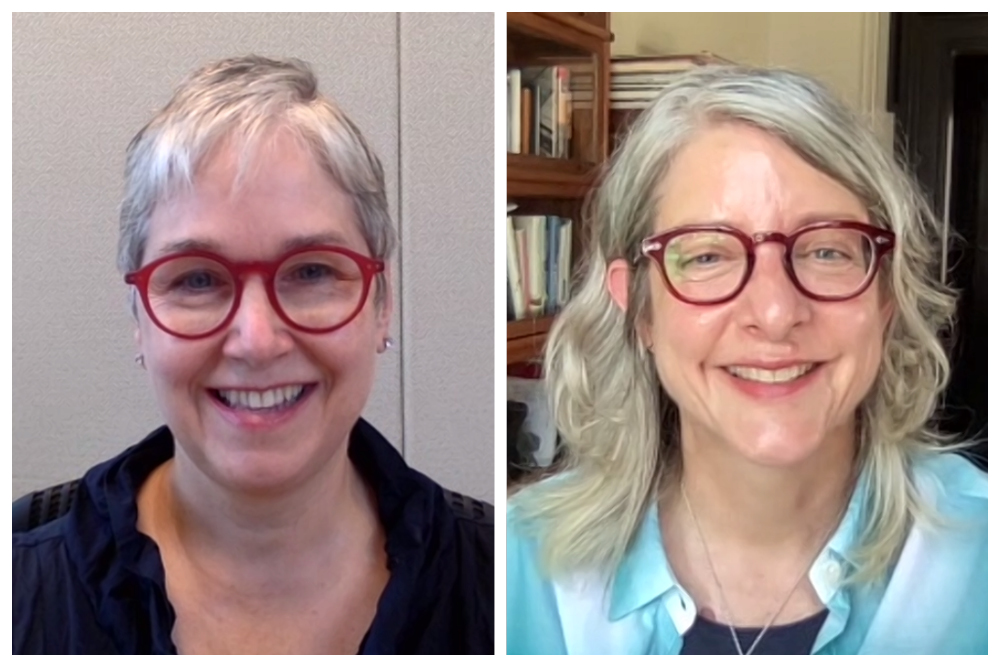
Lindy Elkins-Tanton and Lisa Margonelli discuss "Is Cutthroat Science Hindering Discover?"
Two decades ago, NASA’s Psyche mission principal investigator and ASU Interplanetary Initiative vice president Lindy Elkins-Tanton was working toward her PhD at MIT. It was a place she loved, but also one that she reflected could feel like “a series of warring city-states among the faculty.”
This pressure-cooker situation, with fellow scientists locked in a constant fight for their results to get funding and their names to garner respect, is common in university research settings around the world. In a recent piece published by Issues in Science and Technology titled “Time to Say Goodbye to Our Heroes?,” Elkins-Tanton called attention to this problem and explored the ways to change this toxic laboratory culture from within. She continued the conversation at yesterday’s Zócalo/Issues event titled “Is Cutthroat Science Hindering Discovery?”
“Many of us have a really heroic ideal of scientists, from movies, from the books that we read, just from our culture,” said Issues in Science and Technology editor in chief Lisa Margonelli, who was interviewing Elkins-Tanton. Margonelli noted that we don’t like to think of scientists as competitive, cutthroat, or worse. “You saw something wrong, and you called it the hero model. What did you see?” she asked.
Elkins-Tanton said that to understand today’s hero model, you have to go back to 18th- and 19th-century Germany, where it was developed. It centers around one professor, who owns their sub-discipline at a university and controls a pyramid of resources, including personnel, budgets, and equipment, all dedicated to that field. That hero scientist had to do good work, but fame and charisma were also part of the job.
“Where is the hero model steering us wrong now?” asked Margonelli.
For one thing, the model discourages interdisciplinary cooperation, said Elkins-Tanton. Professors want to protect their resources, including graduate students, and keep them from spending time in other laboratories. For another, it can create a culture of harassment or bullying. “There is not a network of resources available for people in the pyramid, and their entire career is dependent on that senior person,” said Elkins-Tanton. The model also slows down research. New discoveries, she said, “tend to be in incremental slivers of real estate” in scientific sub-disciplines because that is what the model rewards.
How, Margonelli asked, can we create a culture of faster progress that is also designed to be more inclusive?
Rather than focusing on knowledge produced by a personality, said Elkins-Tanton, we should think about outcomes. “Everything we do can be more inclusive,” she said, whether it’s in an academic lab or a large government organization like NASA. “It doesn’t have to be about making individual people more famous,” she said. Instead, it’s about creating a workplace where more voices are heard.
In meetings for the Psyche mission, Elkins-Tanton saw the value of engineers, scientists, graphic designers, photographers, and others working together—and utilizing their specialized knowledge—toward a shared goal. That has inspired her to institute “the big questions process” at the ASU Interplanetary Initiative.
For the inaugural session in 2017, Elkins-Tanton invited a mix of around 50 people from within the university and the surrounding community for a brainstorm devoted to discovering the questions that needed to be answered to create a positive human space future. Together, they came up with a wide variety of questions on subjects as diverse as faster propulsion systems to preparing people on Earth to be interplanetary. Without much discussion, the group then voted on which questions would be worth answering. They ended up with a list of 10 “rather profound and important questions,” said Elkins-Tanton. Then, the group split up into interdisciplinary teams to address individual questions with a small amount of seed funding as well as professional project management.
The new model is based on “the fundamental belief I have that science and engineering is in service to all of humanity” and not just a small group of one’s scientific peers, said Elkins-Tanton. “Let’s involve everyone in thinking about what’s important and feeling like they’re a part of the conversation.”
Isn’t this approach a bit “squishy,” Margonelli asked, for science?
“This is not getting rid of the idea of the expert,” said Elkins-Tanton. “You need to have disciplinary expertise of the deepest variety.” But by bringing experts together across disciplines—alongside non-experts as well—we can find the directions that are important to all of humanity.
Turning the discussion over to audience questions, which came in via a live YouTube chat, Margonelli asked Elkins-Tanton about parallels between her model and corporate and industrial models, including X (formerly Google X)’s “moonshot” development and more profit-driven endeavors.
“We are working in parallel with some other forward-looking organizational models,” said Elkins-Tanton. But these ideas are unusual in a university research setting, which is precisely why they’re valuable—they can help guide individual researchers in academia to faster, more rewarding, and better outcomes. But she was quick to add that research should not be entirely profit-driven. “We absolutely cannot have all our research be just use-inspired. We need fundamental, curiosity-driven research also,” she said. “Just learning about our place in the universe is something humans need to do more of.”
Another audience member asked if some of the problems with the current research model are scarcity-driven. Is there not enough funding for basic research? Are there too many PhDs?
Research is expensive, said Elkins-Tanton, and scientists do have to compete for grants. It’s also true that there are far more graduate students than tenured faculty positions. “That’s a red herring,” she said. Getting a PhD teaches a variety of problem-solving skills. “All of us are very good about complaining about what’s wrong with our lives. Fewer of us are good at posing that complaint into a well-constructed problem. And then even fewer can solve it. That’s a super power” you acquire when you work toward a PhD, she said. People with those skills can “go into every job, not just into faculty appointments.”
Before closing the discussion, Margonelli turned to the hero question once more. “You are in the hero position,” she said to Elkins-Tanton. “What is it like to stand in front of a bunch of people and ask them for their ideas? Is it nice not to be the hero?”
“It makes me so happy,” said Elkins-Tanton. “It gives me a chance to invite more voices to be heard and to see people experience their jobs and their hobbies with more joy.” It also allows her to share the risks and rewards of the work. “It’s so much better for the outcome and for every individual,” she said, “if we do it together as a team with nobody standing up and saying, ‘It’s all about me.’”
Past Events in this Series
Meet the ‘Mediators’ Who Connect Scientists and the Public
Fossil Preparators Are a Panacea to a Closed-Off Field—And Their Work Offers a New Model for Research
How do colossal Tyrannosaurus rex and Triceratops fossils get from the ground to the natural history museum? And could that process—which involves not just paleontologists but a largely uncredited group …
Hello Blockchain, Bye-Bye Resumes
Could Digital Learning and Employment Records (LERs) Create a Fairer Hiring Process?
The resume has been around for hundreds of years, and is one of the most vital parts of the hiring process for workers, employers, and educators. But what resumes leave …
How Can Inventors Respond to the Real-World Effects of Their Inventions?
A More Holistic Approach to the Field Can Make Technology Better for Society
What is it like to be an inventor? Are inventors responsible for the societal ramifications of their creations? And how could a more holistic approach to innovation lead future scientists …
‘Equating Abundance With Stability’ Is an Existential Threat to the U.S. Food System
Agricultural Scientist Molly Jahn Explains How Our Food Supply Became a National Security Problem
Agricultural scientist Molly Jahn started her career inventing new varieties of squashes and melons. But that work led her to wonder and worry about the security of our global food …
How Will Robot Trucks Change American Life?
For All the Promise of Automotive Trucking, the Future of Our Freight System Has a Human Problem
Robotic trucks are beginning to roll out, carrying cargo and promises of revolutionizing freight hauling, reducing traffic, and lowering pollution. But previous waves of automation have eliminated millions of jobs …
Can Innovation Really Solve Society’s Problems?
To Reckon With Today’s Greatest Challenges, We Need to Rethink Innovation Itself
Since World War II, the United States has famously funded research to advance all fields of science and innovation, fueling new disease-fighting drugs, increasing economic productivity, and sparking an information …




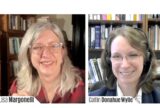
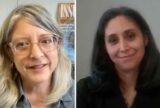
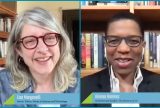
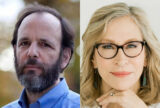
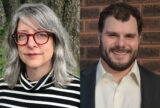
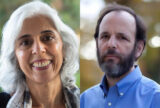
Send A Letter To the Editors